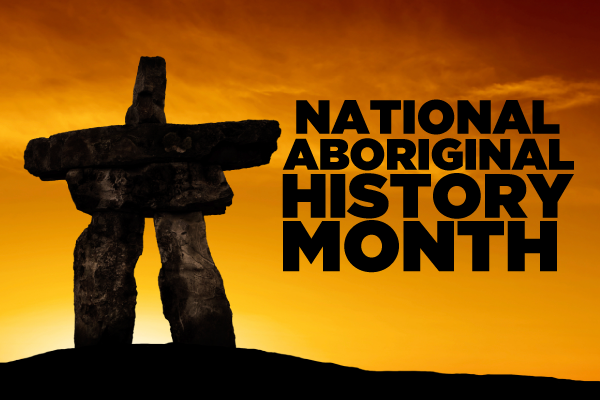
A government bent on assimilation; that’s what our nation’s Aboriginal Peoples had to fight for more than a century. To talk about Aboriginal Peoples’ history, in a human rights context, means recognizing that for many years, the Canadian government’s goal was to make Aboriginal People incapable of directing their destiny – unable to resist assimilation.
Shortly after Confederation, the government began to force Aboriginal People into ‘becoming civilized’. The Constitution Act gave the federal government responsibility over ‘Indians’. The government then gave itself the business of determining who was and who wasn’t ‘Indian’.
Who was and wasn’t a ‘status Indian’ became a complicated thing. Indian status was passed down from fathers; if only your father was Indian, so were you. If only your mother was, then you weren’t. A status Indian woman who married a non-status man was suddenly not considered status Indian anymore. That policy stayed in effect until 1985.1
Many status Indians automatically also lost their status as a result of graduating college or university.
Band councils were established, but mainly to displace the dominance of elders. By undermining the elders, the Indian Act was designed to weaken Indian communities and make them easier to control.
“Despite this show of respect, the Indian Act allowed band councils limited authority. Indian agents could remove from office chiefs whom they considered unsuitable and overrule band council decisions with which they disagreed.”2
The government also attacked Aboriginal Peoples’ spirituality and cultural practices. Powwows and potlatches were banned until 1951. Government officials and missionaries felt that these practices “were preventing Aboriginal people from assimilating into Canadian society.”3
The government also restricted Aboriginal Peoples’ mobility.
“A pass system was introduced after the 1885 rebellion, confining Indians to reserves unless they procured a ‘pass’ from the Indian agent stating their place of travel, reason, and duration of visit. This pass system was completely extralegal and recognized as such by all Crown officials.”4
The pass system was nonetheless enforced by the North-Western Mounted Police, thus preventing traditional gatherings and further confining First Nations People to reserves. It made it impossible or aboriginal communities to work together to form a resistance.
Residential schools were another key mechanism by which the government hoped to assimilate Aboriginal Peoples. Children were separated from their families so they could be ‘changed’ away from their parents’ influence. These schools punished students severely for speaking their own language.
But the government didn’t have the resources to administer these schools, so they arranged for churches to do the work.
“The brutal treatment in the schools is said to have resulted in the deaths of some 50,000 native children, with countless others becoming victims of serious physical and sexual abuse.”5
In 1904, Dr. Peter Bryce was appointed Medical Inspector to the Department of the Interior and of Indian Affairs. Three years later, Bryce conducted inspections of 35 residential schools in the three Prairie Provinces. His report, Bryce revealed a surprising rate of sickness and death among the children. Among his recommendations, Bryce urged the government to “undertake the complete maintenance and control of the schools, since it had promised by treaty to ensure such.”
But the report was swept under the rug. Frustrated by the government’s inaction, Bryce resigned and, in 1922, published his findings in a book entitled The story of a national crime.
“This story should have been written years ago and then given to the public,” wrote Bryce in the book’s epilogue.6
“Today I am free to speak,” he added, after explaining that, after resigning from his position, he was no longer bound by the civil service’s oath of office, which had been the only thing keeping him silent for so long.7
[1] Henderson, William B. The Indian Act. Canadian Encyclopedia
[2] Berry, Susan & Brink, Jack. (2004) Aboriginal Cultures in Alberta: Five-hundred Generations. Edmonton, Alberta: McCallum Printing Group, Inc.
[3] Idem
[4] Harring, S. (2005) There Seemed to Be No Recognized Law: Canadian Law and the Prairie First Nations. In Knafla, Louis A. and Swainger, Jonathan (Eds.), Laws and Societies in the Canadian Prairie West, 1670-1940. Vancouver, B.C.: UBC Press.
[5] Akhavan, Payam (2012) Reducing Genocide to Law. New York: Cambridge University Press.
[6] Bryce, P.H. (1922) The story of a national crime, as retrieved from http://www.archive.org/stream/storyofnationalc00brycuoft/storyofnationalc00brycuoft_djvu.txt
[7] Idem